
P. Smarzynski: How to sell on marketplaces successfully
Selling on marketplaces, such as eBay or Amazon, isn’t the same as it used to be. Big ecommerce platforms are still major sources of revenue for many sellers. However, in today’s retail market the battle for customer attention is fiercer than ever. Paid search has started to dominate the digital ad landscape and the marketplace model is changing.
Based on Marin Software’s Q2 2019 Digital Advertising Benchmark Report, paid search click volume has shown solid growth globally (13% YoY growth). Further, 40% ad spend increase is recorded in ecommerce advertising with Amazon maintaining its healthy lead.
Download FREE Amazon Advertising guide
The bottom line: marketplace sellers need a stronger and smarter advertising strategy.
In this expert interview Patrick Smarzynski, CEO at Webinterpret with almost 20 years’ experience in ecommerce, talks about:
- The evolution of the marketplace model and its effects on online sales
- The new ecommerce advertising reality and how sellers can adapt to it
- The most effective ways of staying ahead of the ever fiercer competition.

Patrick Smarzynski, CEO at Webinterpret
How to sell on marketplaces successfully in 2020: interview with Patrick Smarzynski
What’s the current marketplace advertising model?
Patrick: Not long ago paying selling fees was often enough for marketplace sellers to expect satisfactory visibility of their products. Today, however, paying such fees is unlikely to guarantee the same result.
The current marketplace model shows a changing dynamic between organic and paid search. A good example is eBay: in popular categories, more than 50% of the first page of search results are sponsored products. This includes the first 5 search results that are getting the most clicks.
eBay Advertising is becoming one of the platform’s top priorities to increase its revenue. As a result, it has seen exponential growth. eBay has over 800,000 sellers promoting over 200 million listings (YoYrevenue growth of 110%).
Amazon’s advertising business is also growing at a rapid pace. US advertisers are estimated to spend $10.92 billion on Amazon’s platform in 2020.
Amazon is now the third-largest digital advertising platform in the US after Google and Facebook. According to eMarketer, Amazon accounts for almost 9% of US digital spend in 2019, which is a great increase from 6.8% in 2018.
The largest digital ad seller in the world in 2019 is still Google (31.1% of worldwide ad spending, $103.73 billion), followed by Facebook ($67.37 billion in net ad revenues), Alibaba ($29.20 billion) and Amazon ($14.03 billion).
In general, digital ad spend is forecast to make up almost 65% of total media ad spending by 2022. It’s a fact: advertising and promotions are playing a bigger and bigger role on ecommerce platforms.
How do advertisements influence organic search on marketplaces?
Patrick: There’s a definite relationship between ads and organic search. I’ll take Amazon as an example. Amazon wants to prioritize the products that are likely to sell the most. Such products have good sales and feedback history. So when sales and the amount of feedback improve, products climb in organic rankings.
The fact is that advertising and Amazon search engine optimization can work together to increase sales. This means that when a product ranks better, depending on the competition, you can reallocate ad investments to other products and other keyword phrases.
What are the opportunities of the growing ad business in ecommerce?
Patrick: First, today you definitely need ads to have satisfactory visibility and conversions. It’s not a matter of ‘if’, it’s a matter of ‘when and how’.
As platforms are scaling up investments towards commerce advertising, a host of new marketing opportunities arise, e.g. reducing the sales cycle, improving brand awareness, visibility, etc. For example, eBay’s Promoted Listings claim to boost visibility by over 30%.
Ads also provide valuable insights on changing consumer habits and the best ways to acquire customers today. Ecommerce sites have tons of shopping journey data about who your shoppers are and how they shop, e.g. the actions shoppers took after seeing ads or whether they actually converted.
Such data is key for designing successful ad campaigns and targeting at scale. Thus, on Amazon you can target based on real shopping and buying data, not just demographics and interests. eBay’s data also captures buying intent signals, shopping insights and transaction-level data, enabling brands to optimize their campaigns to reach a more targeted audience.
Today you definitely need ads to have satisfactory visibility and conversions. It’s not a matter of ‘if’, it’s a matter of ‘when and how’.
What about the advertising challenges and how can online sellers overcome them?
Patrick: eBay and Amazon belong to the biggest marketplaces, but also the most competitive. To add to this, paid marketing campaigns tend to reach a plateau in a given market over time. This means that acquisition costs can significantly go up without adequate return on investment.
To overcome any potential challenges, I’d recommend an advertising plan created in a conscious and data-driven way. To save your time and money, I’d advise against advertising your product to everyone, everywhere.
By the same token, I recommend flexibility, adaptability and willingness to test what works and what doesn’t. For example, you can test different ad types, e.g. sponsored products, products promoted in cart or at checkout, featured vendor profiles on the main page and so on.
A good opportunity is to test new markets, especially those that have lower competition and can offer low CPCs (cost-per-click) and better return on advertising spend.
Webinterpret’s ecommerce solution helps sellers leverage ads on different international markets. As we have access to data and vast ecommerce knowledge, we can help merchants tap into their actual sales potential to achieve the best possible ROI.
The new decade is almost here. What’s the marketplace of the future?
Patrick: In 2021 consumers worldwide will spend up to $4.8 trillion online. The rise of ecommerce will continue to drive digital ad spend across the globe. Sellers must adapt to this reality in a smart way.
The marketplace of the future will be even more competitive, especially on established markets. Thus, sellers will have to look for alternatives on markets where it’ll be easier to compete. As a consequence, selling globally will simply become a must to be able to compete and to benefit from economies of scale.
As a result, the marketplace of the future will be eclectic and truly global. As the marketplace with the biggest inventory and the best prices tends to win, marketplaces will have to get global sellers onboard.
Sellers, in turn, will have to sell efficiently worldwide to be able to compete in a world that is becoming flat. Today historical and geographic divisions are becoming increasingly irrelevant in terms of remaining competitive in a global market so it’s really time to go global including your advertising strategy!
Selling globally will simply become a must to be able to compete and to benefit from economies of scale.
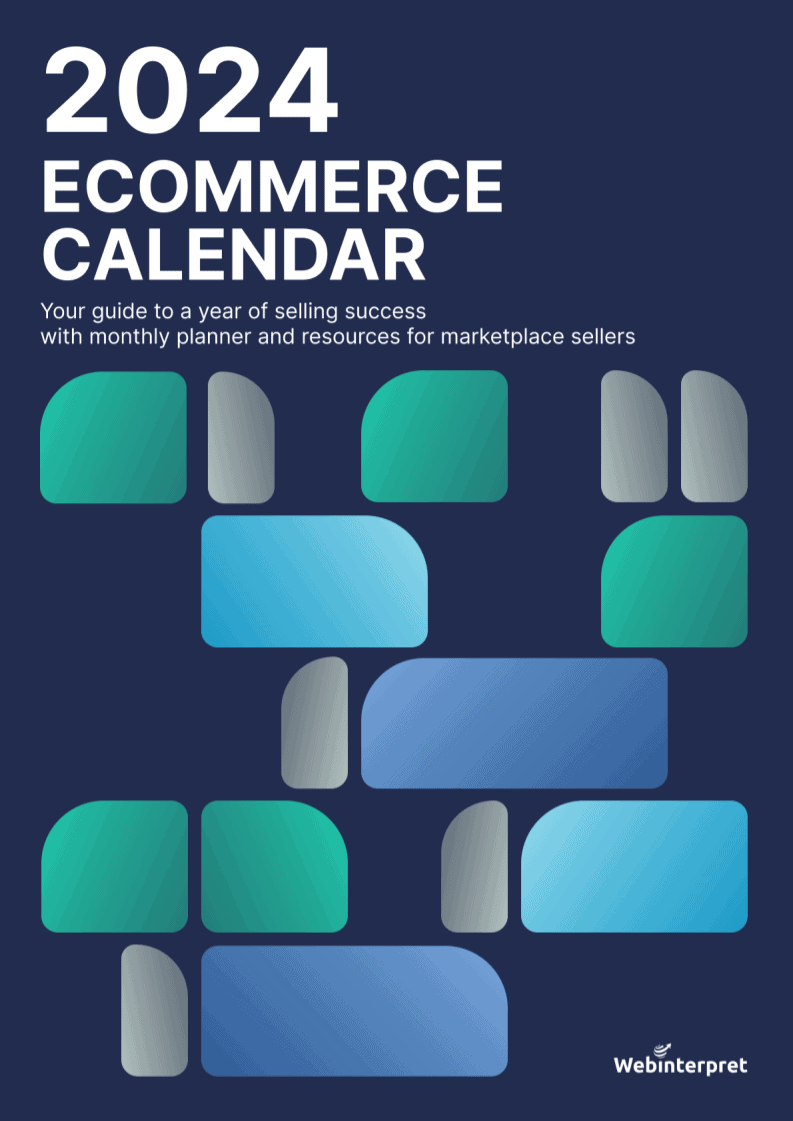
Ready to achieve record-breaking sales figures? Download our Ecommerce Calendar!
Sources
- The Future of Ecommerce: Trends and Insights for 2020
- Amazon Advertising 2018
- Digital Advertising on Amazon and the Duopoly
- Amazon Is Now the No. 3 Digital Ad Platform in the US
- eBay’s Ad Business Doing Well With New Strategy
- Why Brands Are Flocking To Amazon Advertising
- 10 Marketplace Business Models To Generate Revenue
- 40% ad spend increase recorded in ecommerce advertising
- Report: Product advertising is driving spend growth in search, social, marketplace
Related Posts:
Ecommerce Newsletter
By clicking the “Subscribe now” button, you agree to receive our monthly e-mail newsletter and regular marketing and commercial communications by email from Webinterpret regarding marketing trends and our digital marketing services. You confirm that you have read and agreed to Webinterpret’s Terms of Service and Privacy Policy.
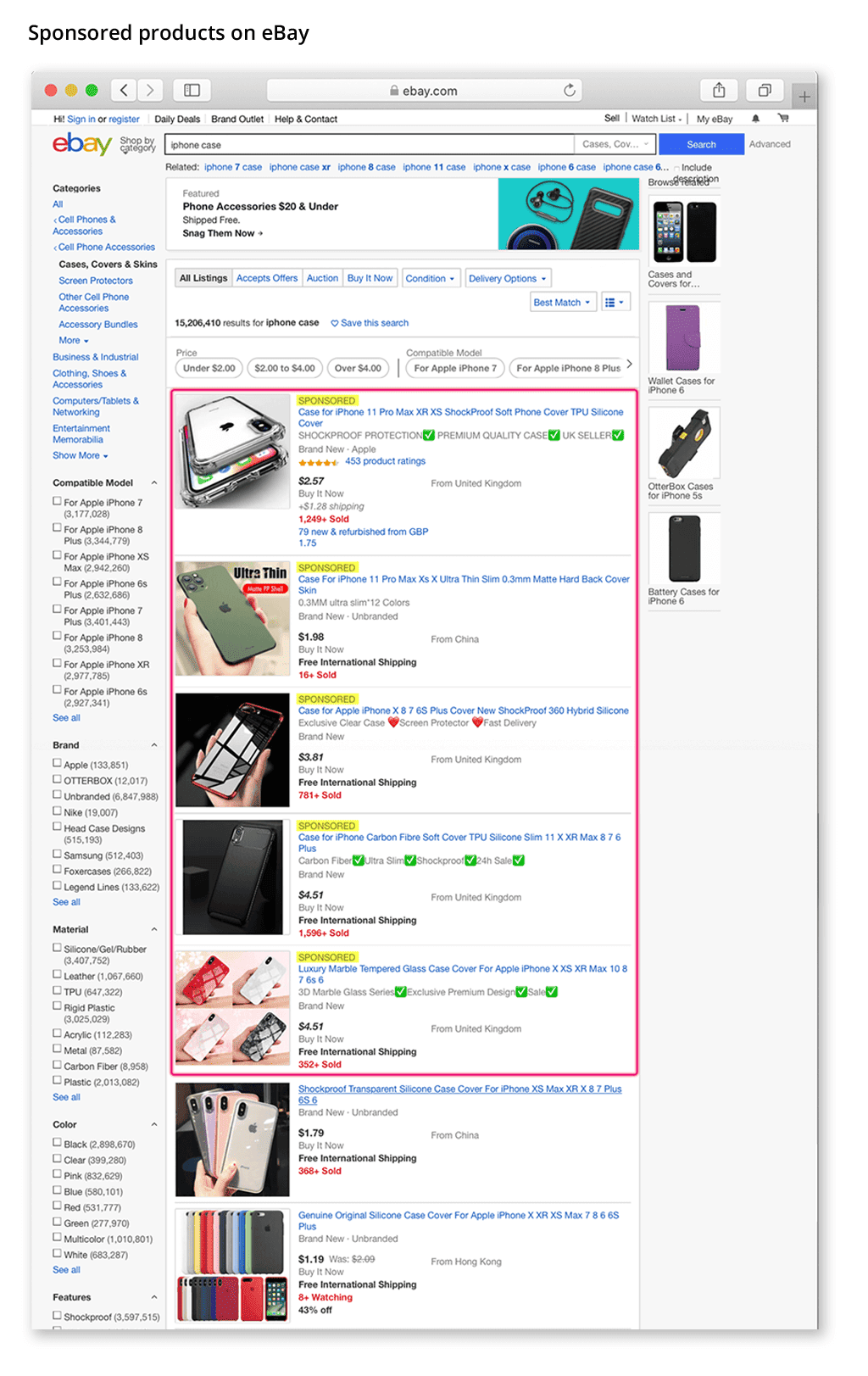

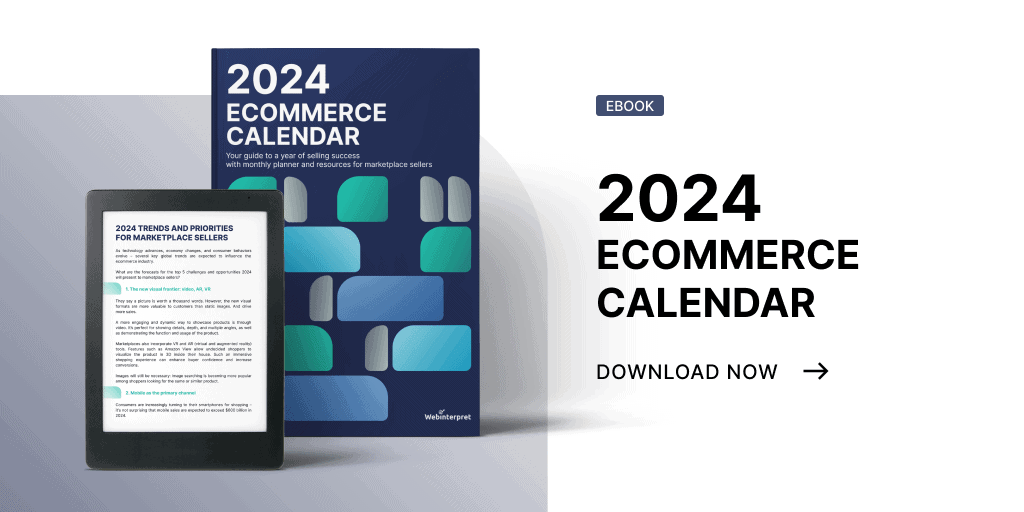
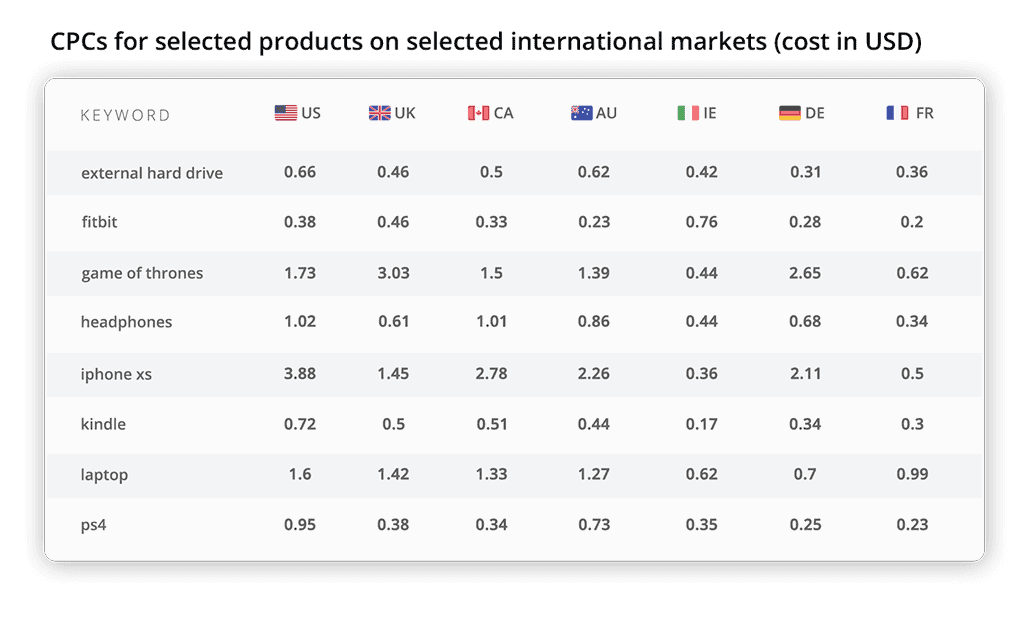

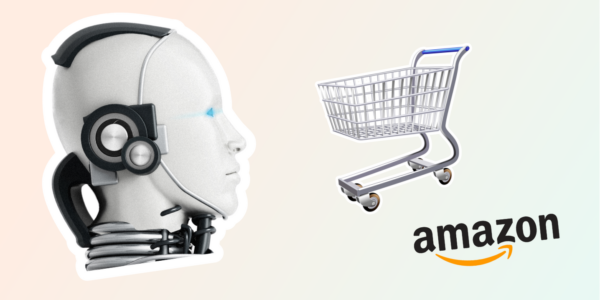
![Amazon Advertising: all you need to know [FREE guide] Amazon Advertising: Ecommerce Guide](https://www.webinterpret.com/wp-content/uploads/2020/07/amazon-advertising-ecommerce-guide.png)
